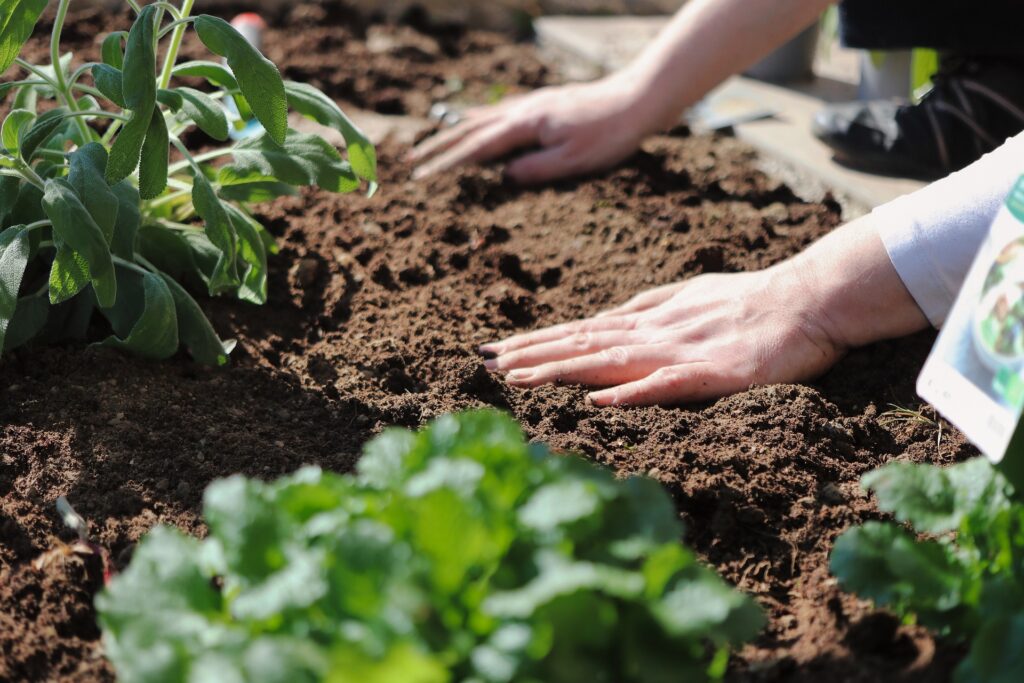
The beauty of the garden may be in the plants, but the heart of its success is in the dirt, or the soil, to be more specific. The qualities of the soil are often the last thing that novice gardeners think about, but great gardens depend on great soil. Thankfully, while great soil doesn’t happen naturally around most homes, it is not hard to cultivate. Before you dive into a landscaping project this spring, read on to learn the ins and outs of horticultural soil preparation.
Soil Basics and Types
Most people use the terms dirt and soil interchangeably, but they’re not quite the same thing. Soil refers to the mix of broken-down inorganic particles, like minerals and weathered rock, and organic matter, like decomposed plants and insects. The secret to healthy horticultural soil is that insects, bacteria, and microorganisms mix in and perform the work of breaking down, aerating, fixing nitrogen, and more. Without this living action, the soil is just dirt. Horticultural soil is usually classified into three categories based on the particle size: sandy, silty, or clay. Sandy soil has larger particles that give it a gritty feel, silty soil has medium-sized ones that give it a smooth feel, and clay soil has the smallest which gives it an almost sticky feel. The ideal horticultural soil is loam, a combination of the three.
Soil pH
Another characteristic of your horticultural soil you should be aware of is the pH. Most plants do well in soil that has a pH of 6-7 because that is the ideal range for microbial and bug activity. Some plants need a more acidic soil, so if you find that your plants are struggling, you should consider testing your soil pH.
Reviving Dirt
If you have dirt that isn’t meeting the needs of your plants, you can revive it back into soil. Start by adding organic nutrients in the form of compost or aged manure. Over time plants use up the nutrients, but mixing in a 2-4 inch layer of good compost or manure will give the microorganisms and bugs something to feed off of. Next, add 2-3 inches of mulch over top to help the soil retain moisture. The mulch will also save the bugs from the heat of the sun and over time break down to add more nutrients. Finally, avoid walking on your soil, especially when it rains. The movement of bugs aerates, but walking on it compacts it back down.
All of Your Landscaping Maintenance Needs from Atlantic Maintenance Group
Atlantic Maintenance Group is a full-service landscaping company, providing maintenance, design, and construction, as well as snow removal, and asphalt and concrete services. We are your source for complete landscape and facility maintenance for commercial and residential properties throughout Maryland, Virginia, Pennsylvania, and Delaware. We are a self-performing landscaping company, meaning we don’t hire subcontractors, and senior management is involved with every project. Our highly trained team of professionals receives constant, ongoing education on the latest industry trends, updates, and safety measures. This ensures we can deliver outstanding customer service and results to our clients, regardless of the size of your job.
